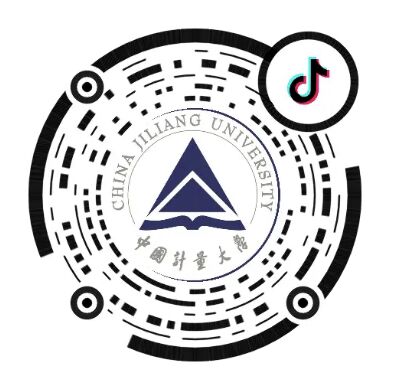熱門新聞排行
基于干涉型擴(kuò)散波光譜學(xué)的人腦血液流量監(jiān)測(cè)
Interferometric diffusing-wave spectroscopy for blood flow monitoring of the human brain
(基于干涉型擴(kuò)散波光譜學(xué)的人腦血液流量監(jiān)測(cè))
報(bào)告時(shí)間:2018年6月19日(星期二)上午10:00
報(bào)告地點(diǎn):賽博南樓403-1會(huì)議室
報(bào)告人:周文俊博士(美國加州大學(xué)戴維斯分校)
報(bào)告內(nèi)容簡(jiǎn)介:
Though cerebral blood flow (CBF) is a target parameter in neurocritical care, a non-invasive and continuous CBF monitor has remained elusive. Conventional imaging modalities such as Magnetic Resonance Imaging (MRI) and Computed Tomography (CT) are impractical for continuous monitoring, while Transcranial Doppler (TCD) Ultrasound measures velocity, not flow, and can be technically challenging. Near-infrared light technologies to measure CBF in adult humans face a unique challenge; they must sense light fluxes that are both coherent and very weak, returning from deep beneath the surface. The most successful optical CBF technology for the human brain, Diffuse Correlation Spectroscopy (DCS), uses one or more single/few mode photon counting channels, making DCS systems either expensive, or restricted in terms of speed and photon counts. Here, we reduce cost and improve performance by liberating optical CBF monitors from the expense and complexity of photon counting. The fundamental innovation is an optical “trick” known as interferometry, where the weak optical field returning from the brain is boosted by a strong reference field. This enables us to replace photon counting detectors with inexpensive pixels on a CMOS camera, in a method called interferometric Diffusing Wave Spectroscopy (iDWS). We discuss the implications of this paradigm shift for CBF monitoring and the field of diffuse optics in general.
報(bào)告人簡(jiǎn)介:
Dr. Wenjun Zhou received a B.Sc. degree in Science and Technology of Optical Information in 2008 and an M.Sc degree in Optical Engineering in 2011, both from China Jiliang University. In 2010, he worked as a Visiting Project Officer in School of Chemical and Biomedical Engineering in Nanyang Technological University, Singapore. In 2015, he received a Ph.D. degree under the supervision of Prof. Jacques Albert in the Advanced Photonic Components Group in Carleton University, Canada. He was awarded the Chinese Government Award for Outstanding Self-Financed Students Abroad in 2013 and the Senate Medal for Outstanding Academic Achievement of Carleton University in 2015. Since 2016, he is working with Prof. Vivek J. Srinivasan as a postdoctoral fellow in the Department of Biomedical Engineering in University of California Davis. His main research interests include interferometric diffusing-wave spectroscopy of the human brain, optical fiber sensors, fiber Bragg gratings, ultrathin gold film, and surface plasmon resonance sensors. He has published 22 papers in Optica, Laser & Photonics Reviews, Optics Letters, Optics Express and so on (14 papers with first or co-first author, and h-index of 14).
光電學(xué)院
2018年6月11日








